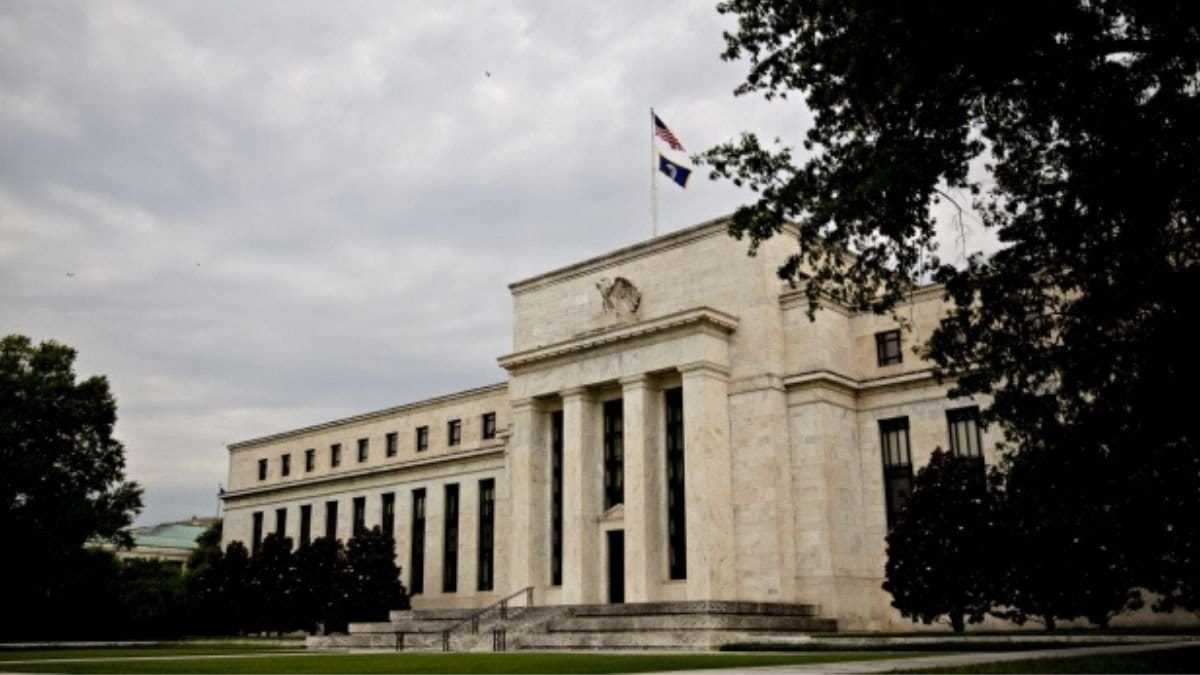An excess of $1 trillion in debt dwarfs central bank demand. Major central banks globally are not quick able to absorb securities. Leaving about 1 trillion dollars in fresh government bonds to invest in the months ahead. However rapidly and aggressively as the world’s central banks are accumulating securities.
According to Bloomberg ‘s estimates, The stream of fresh debt, issued by governments to fund pandemic-rescue packages, threatens to overshadow central bank sales and drown economies in several nations.
In the other side, much of Europe is likely to take advantage of the acquisitions of the European Central Bank which could provide the strongest protection for investors anxious about a possible increase in bond yields.
This bond flood arrives as a series of interest-rate reductions and accelerated asset-purchase programs by central banks have left market playbooks in shreds. With example, creditors purchase hundreds of billions of dollars in bonds per year.
Yet at a period when others think the funding of central banks is all-encompassing, the trillion dollar difference between production and policy-makers’ desire shows just how important traditional investors are even to governments seeking to finance unprecedented stimulus.
For a net surplus of $980 billion in projected production above central bank transactions, here’s the supply and demand conditions in the world’s main businesses in the second half of the year.
Confrontation in Finances
In the six months until December 31, the Treasury ‘s business alone may see net bills supplied with over $1 trillion, while strategists anticipate revenues to consist of less bills and higher premiums.
Along with a modest demand deficit, JPMorgan Chase & Co Jay Barry expects the Treasuries supply to rise at 35% and indicates that investors find steever-growing bets that profit from the difference between the 5- and 30-year bonds.
U.S. debt has been supported by domestic buyers to date. However, some of the most devoted shareholders on the sector are evidently quitting when they are most required.
The pension funds normally purchase treasuries in accordance with their long-term obligations, but they have decreased gradually since February as substitutes for buying longer duration bonds – reserves of so-called withdrawn treasuries.
Taking that into consideration, placing has become a common trade for a steeper yield curve — as longer term bond rates grow quicker than their shorter-dated equivalents.
Most on Wall Street, though, caution that the curve is more likely to flatten, with longer debt rates dropping, provided that the Federal Reserve may accelerate the rate of its Bond purchases as early as this month, or even prolong the period of its purchases.
“The Fed’s biggest focus is, was and should still be to the treasury sector,” said Mark Spindel, Chief Investment Officer at Potomac River Fund. “The long-term end of the treasury sector appeared appealing and will stay so for a while.”


